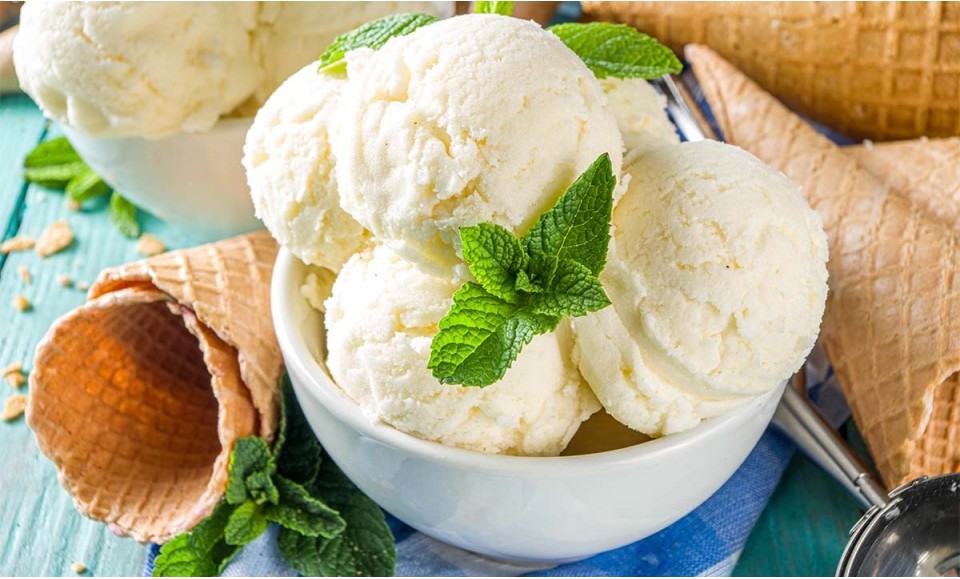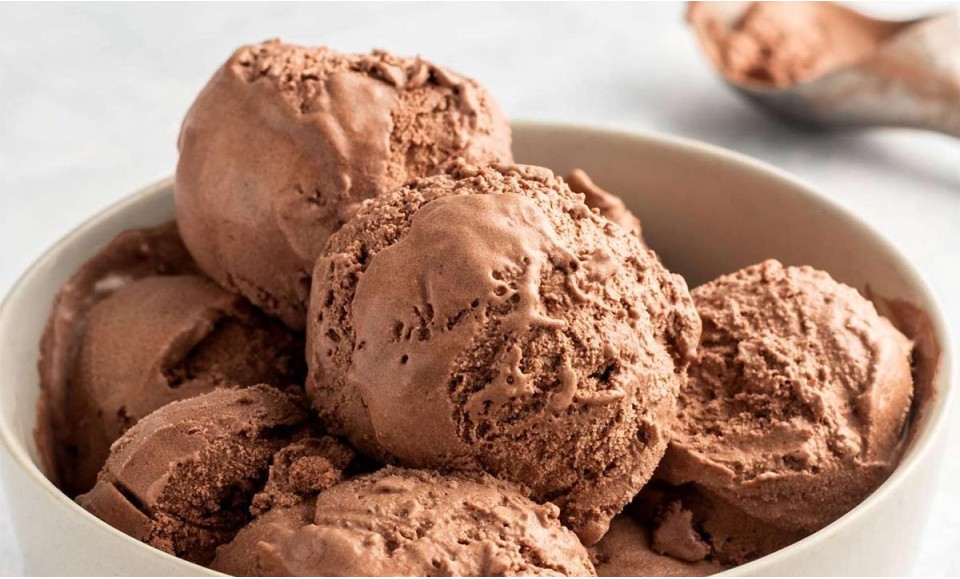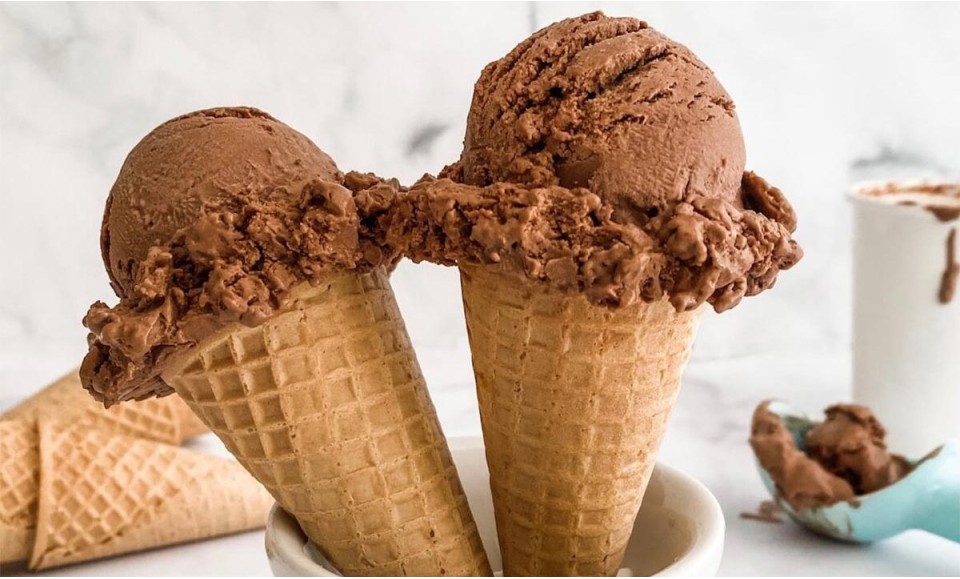Durian ice cream – a matter of love or hate

The Durian, hailed as the “King of Fruits”, is probably the world’s most divisive fruit. Those of us who love it can passionately go on and on about its exquisite and unique taste, sumptuous butter-like texture and compelling fragrance.
The Durian, hailed as the “King of Fruits”, is probably the world’s most divisive fruit.
Those of us who love it can passionately go on and on about its exquisite and unique taste, sumptuous butter-like texture and compelling fragrance. But those who don’t love it usually tend to hate it, being equally passionately ready to express their disgust by just about every aspect of the fruit, particularly its overpowering pungent odour smell.
The Durian grows on trees native to Southeast Asia, more specifically the regions of Borneo and Sumatra. Today, the popularity of the fruit has led to large-scale plantations in several other countries in the region such as Malaysia and Thailand, unfortunately with corresponding concerns about deforestation and other negative environmental impacts.
While some have accorded aphrodisiac qualities to the fruit, it is probably its unique flavour, texture and smell that has won over its many fans. But while Durian may be “an acquired taste”, it doesn’t really explain why some people simply can’t stand the fruit!
The fetid smell – which can change from fruit to fruit – is probably a large part of the reason. As you may have heard, a number of hotels and the subway in Singapore won’t allow you to bring Durian fruits with you! That said, the level of ripeness also plays in – even most fans tend to stay clear of overripe Durians.
Yes, signs like this one (from the Singapore subway) makes Durians look quite bad. However, most venues like hotels and transport companies probably have general rules asking you not to bring too smelly or otherwise obnoxious stuff prone to upset fellow customers.
Durian ice cream in two different ways
Even in Asia, Durian fruits tend to be expensive. Getting hold of them in other parts of the world tend to be prohibitively expensive.
With no realistic hopes of ever getting hold of fresh fruit where I’m based, I opted for the (still expensive but) more accessible alternative: vacuum dehydrated fruit. Even a small bag was costly but its content would suffice for at least two precious batches.
First and easy version, or How to make it without an ice cream machine
Yes, you can make an excellent Durian ice cream even without an ice cream machine. Being on vacation and feeling the urge to make another batch to offer my brother (also a fan), I made an extremely simple version based on sweetened condensed milk and cream, possible to still-freeze in the household freezer.
Does it work? Yes! Those who tested were quite lyrical, so this is a perfectly solid option!
All you need to do is 1) whip some cream, 2) add the sweetened condensed milk, and 3) add the crushed/pulverized durian fruit. Stir it all, pour it into a container and put in your freezer (see the still-freeze instructions in the link above) until the ice cream finally has settled: that’s all!
Second and more custard-like version (with or without egg)
If you have an ice cream machine, this is the custard-like way I tried. “Custard-like”? Well, this ice cream can be made with or without eggs but the end result will in both cases be rather similar (and custard-like).
If you wish to go without eggs, follow my example and replace the eggs with a very small amount of Tara gum: a very versatile (and rather natural) stabiliser derived from the Peruvian Tara tree that will ensure a great consistency even in the absence of eggs ;-). Tara gum does not require very high temperatures to trigger the stabilising qualities – very practical!
Start by crushing/pulverizing the dehydrated fruit. Fragile as the pieces are, this should be really easy – use a mortar or a gavel!
Now choose between using Tara gum (and no eggs), or egg yolks (and no Tara gum).
If using Tara gum, mix the miniscule amount you’ll need with some sugar: this to avoid the gum lumping together when mixed into the liquid rest of the base later.
 Iscriviti e ottieni il 15% di sconto sulla spedizione GRATUITA
Iscriviti e ottieni il 15% di sconto sulla spedizione GRATUITA Spedizione gratuita per ordini superiori a $ 50
Spedizione gratuita per ordini superiori a $ 50






Commenti
Nessun commento in questo momento!
Lascia il tuo commento